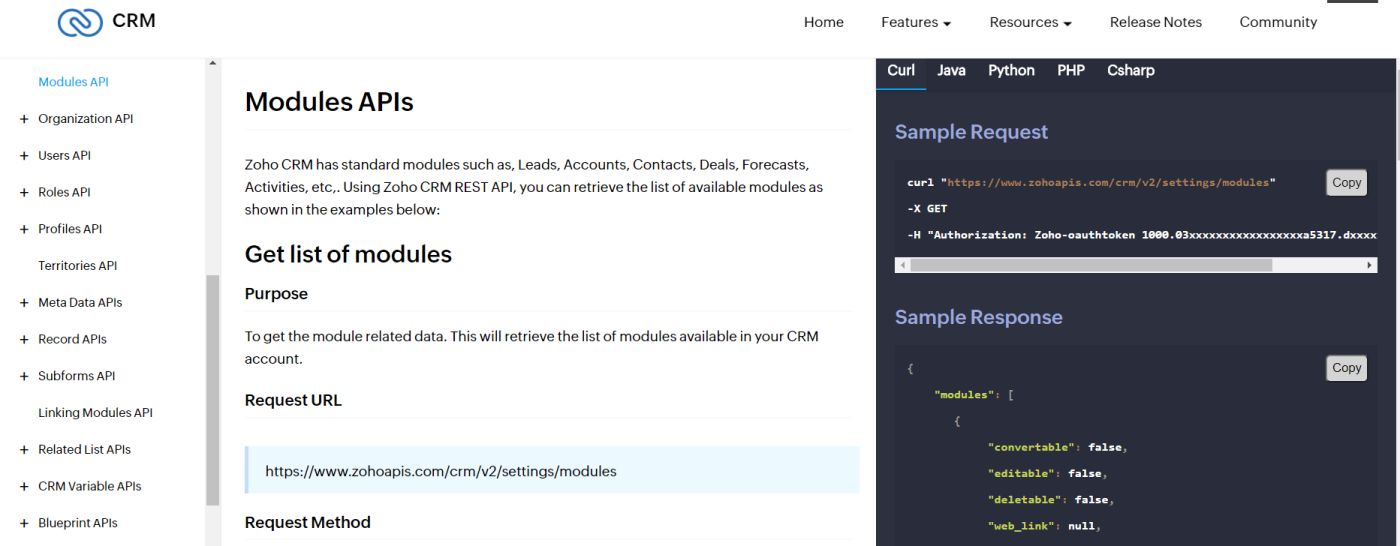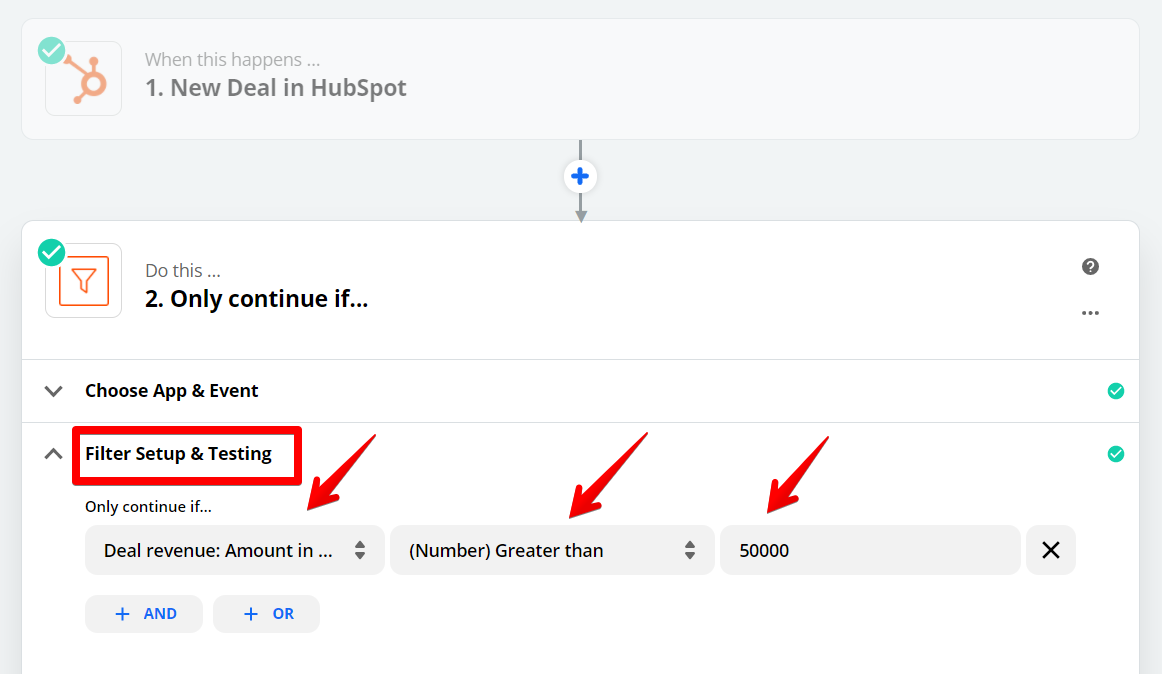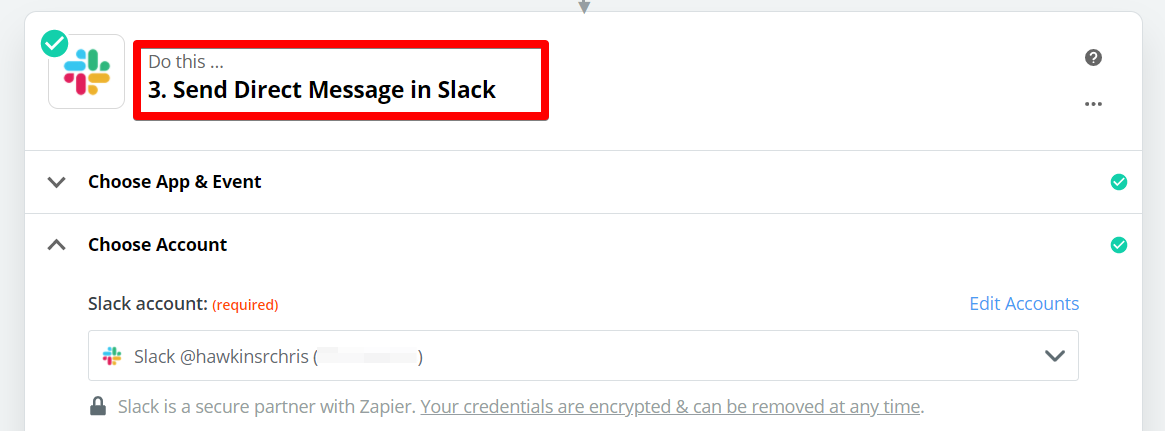In the not too distant past, the primary way to document customer interactions was paper. Logs, receipts, and huge 3-ring binders were the norm. It worked, but it was harder to track, allowed more room for human error, and departments tended to hoard this info.
Today, we have sophisticated software to track every call, chat, email, purchase, complaint, and Tweet between customer and company. Sharing these interactions across your technology stack helps create a more meaningful overall profile of each customer. And it’s all made possible by integrating your CRM with your website and customer-related apps.
It may seem inconsequential, but a successful CRM integration produces better decision making, more empowered employees, happier customers, and a greater return on investment. We’ll look at how an integration works and the steps you can take to ensure a more successful one with your team.
What is CRM integration and why should you use it?
Your customer relationship management (CRM) is the heart of your business, the central repository of customer data. So it’s crucial you bring in data from other customer touchpoints like marketing, service, live chat, and eCommerce.
This creates a deeper understanding of each customer, their interactions, issues, behaviors, likes, and dislikes. Let’s say your customer uses live chat to raise a service issue. If you've integrated your CRM with other tools you use, you can provide the service rep a detailed picture of this customer. They'll be able to see the customer's purchases, issue history, and even what site pages they may have visited. All of this gives context to the rep to help solve the customer’s problem. And then:
The conversation and outcome (for example, discounted service for 3 months) is automatically sent from the live chat app to the customer’s CRM record.
A salesperson prepping for an upcoming call with this customer can see this service issue and adjust their approach.
Marketing can use service issues to help create promotional email lists in an attempt to reduce customer churn.
How CRM integration works
An integration operates something like online dating: two parties, using a go-between platform, connect and share details. This go-between app matches the traits of one app to the next and vice versa to form the right connections. Sometimes the fit is natural; other times it takes a bit more work. On occasion it’s a one-way street with one party doing all the communicating. Let’s look at some common ways to make integrations work.
Native integrations
Most CRMs provide an assortment of native integrations built by the vendor to connect with other apps. This means with a few clicks, anyone can connect a third-party app to their CRM, no technical skill required. Simply find the integrations page, click on the desired app, and follow the directions.
Behind the scenes you'd find an application programming interface or API. These protocols define how one software will communicate with another.
For example, to connect HubSpot’s CRM to Slack, I found integration options under the settings tab. I searched for Slack, clicked on it, and three more clicks later, HubSpot was connected. From here I performed essentially the same process to establish the connection from Slack to HubSpot.
Custom APIs
As mentioned, APIs allow apps to communicate with each other. You'll find them in CRMs and running in apps you have on your phone. And they connect just about anything—from CRMs to apps most of us have on our phones. For example, Uber uses an API to connect to Google Maps to match drivers with potential passengers.
Go to any CRM developer page and you’ll see a selection of API options that let you customize your CRM and other software. Setting these up will require developer expertise but can enhance the power and functionality of your software.
For instance, you may want to add the details of a customer’s support ticket to their CRM record. APIs, whether provided by your vendor or custom-built can provide this extra level of context when your out-of-the-box software cannot.

Zap it!
Sometimes you want a quick and painless way to collect or send data. Enter Zapier. This popular automation platform lets you create workflows (Zaps) from one app to another using triggers and actions. Triggers are events that start the Zaps; actions are the events Zapier performs on your behalf. For example, as a sales manager, you may want a Slack notification any time a salesperson creates a deal worth $50,000+ in your CRM. To do this, you would:
Connect your HubSpot and Slack accounts within Zapier
Select a HubSpot trigger: Deal created
Add a Filter step for deal revenue greater than $50,000
Select a Slack action: Send direct message
Choose Slack account to message
Customize the Slack message
You can get more sophisticated by adding additional filters, branching logic (pathways), and time delays. The one thing to keep in mind is that Zaps are one-way workflows rather than bi-directional so data flows from point A to B but not from B to A for any given Zap.


You need a Zapier account to set up this Zap. Learn more about how Zapier works, and sign up for free.
Third-party service
Sometimes it makes sense to enlist an outside resource, especially if you have older legacy systems or when other options aren’t feasible. There are integration companies offering sophisticated platforms to facilitate data syncs of all kinds, but this is largely targeted to the enterprise market. Then there are small, very CRM-specific companies specializing in custom implementations and integrations. If you have an integration need, there’s someone out there to fill it.
How to ensure a successful integration
As we’ve seen with how integrations work, they are not all the same. If you purchased a new CRM and need to integrate a half dozen apps, the methods, data considerations, timing and company resources magnify when compared to adding one new app. However, the overall goal of getting apps to "talk" to each other—sharing good, relevant data—does remain the same.
These steps will set you up for success:
Prepare your team. These are the folks affected by the change and the ones who have to adopt and be happy with the new software (ideally, you requested their feedback before purchasing a new app). Their buy-in will go a long way towards getting good user adoption. Be sure to ask for their feedback.
Determine your data requirements. If using your CRM’s native connection, the data captured will be mostly limited by the app’s design, but APIs, webhooks, and tools like Zapier can provide more options for customized connections. Your needs will likely evolve after an integration so it’s fine to keep the initial requirements basic.
Develop a roadmap. Your roadmap will depend on the integration’s complexity and your resources. With multiple integrations, for example, you may want to stagger them so you complete one before moving on to the next.
Provide training. One of the chief reasons CRM projects fail is because of low user adoption rates. And one of the reasons for this is lack of training. Training involves both use of the software (if it’s new) and setting expectations for using it and capturing data. If using new software, take advantage of that vendor's resources such as team onboarding, online classes, and webinars. If the software involves a steep learning curve, consider hiring an outside consultant who can provide a more hands-on approach.
Test and deploy. Before going "live" test each connection and where applicable, do small sample tests with your team. If you’ve integrated Mailchimp, for example, create a sample email list to test the data sync. Then update these same contacts (e.g. status change, delete) in your CRM to check how it changes the list in Mailchimp. Is the deleted contact gone? Did the change of status drop the contact into another, relevant list?
Solicit customer & employee feedback. After you’ve been "live" for a month or so, ask your customers how they like the new experience. You could do this with an email or something that pops up in live chat or on your website. Ask your team for their experience of the overall integration process, and to share how things are going, suggestions for improvements, and what they hear from customers and others they interact with as part of their jobs. Use all this feedback to tweak the process to improve customer experience and how your team works together.
Measure for success. Determine what you want to measure and how you’ll do it, but keep it focused on the actions you want your team members to take. More than anything, you want your team to use the software and use it correctly. In the coming weeks, you can focus on more specific metrics like number of calls, time of each call, and customer resolution time.
Make the most of your integration
Once you've integrated your tools, don't forget to use the information you're collecting. And periodically check that the data you’re capturing is accurate—clean data, not just data, is after all what you are striving for. Continue to involve your team, ask for suggestions and take action on the insights you discover.
When a company takes full advantage of all their tools the ROI increases. In fact CRMs paid back $8.71 for every $1 spent, a 35 percent increase from the three years prior.
Learn more practical tips on how you can boost your team's performance adding Zapier to your CRM integration strategy.






